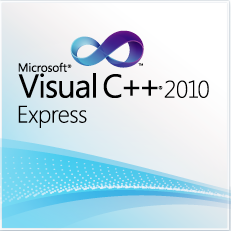Dev-C++ is a free integrated development environment (IDE) distributed under the GNU General Public License for programming in C and C++. MinGW, a free compiler, is bundled with it. The IDE is written in Delphi.
The project is hosted by SourceForge. Dev-C++ was originally developed by programmer Colin Laplace. Dev-C++ runs exclusively on Microsoft Windows.
Bloodshed Dev-C++ is a full-featured Integrated Development Environment (IDE) for the C and C++ programming languages. It uses the MinGW or TDM-GCC 64bit port of the GCC as its compiler. Dev-C++ can also be used in combination with Cygwin or any other GCC-based compiler.
One additional aspect of Dev-C++ is its use of DevPaks, packaged extensions on the programming environment with additional libraries, templates, and utilities. DevPaks often contain, but are not limited to, GUI utilities, including popular toolkits such as GTK+, wxWidgets, and FLTK. Other DevPaks include libraries for more advanced function use.
Dev-C++ is generally considered a Windows-only program, but there are attempts to create a Linux version: header files and path delimiters are switchable between platforms. More work needs to be done though.
Link 1:
Link 2:























